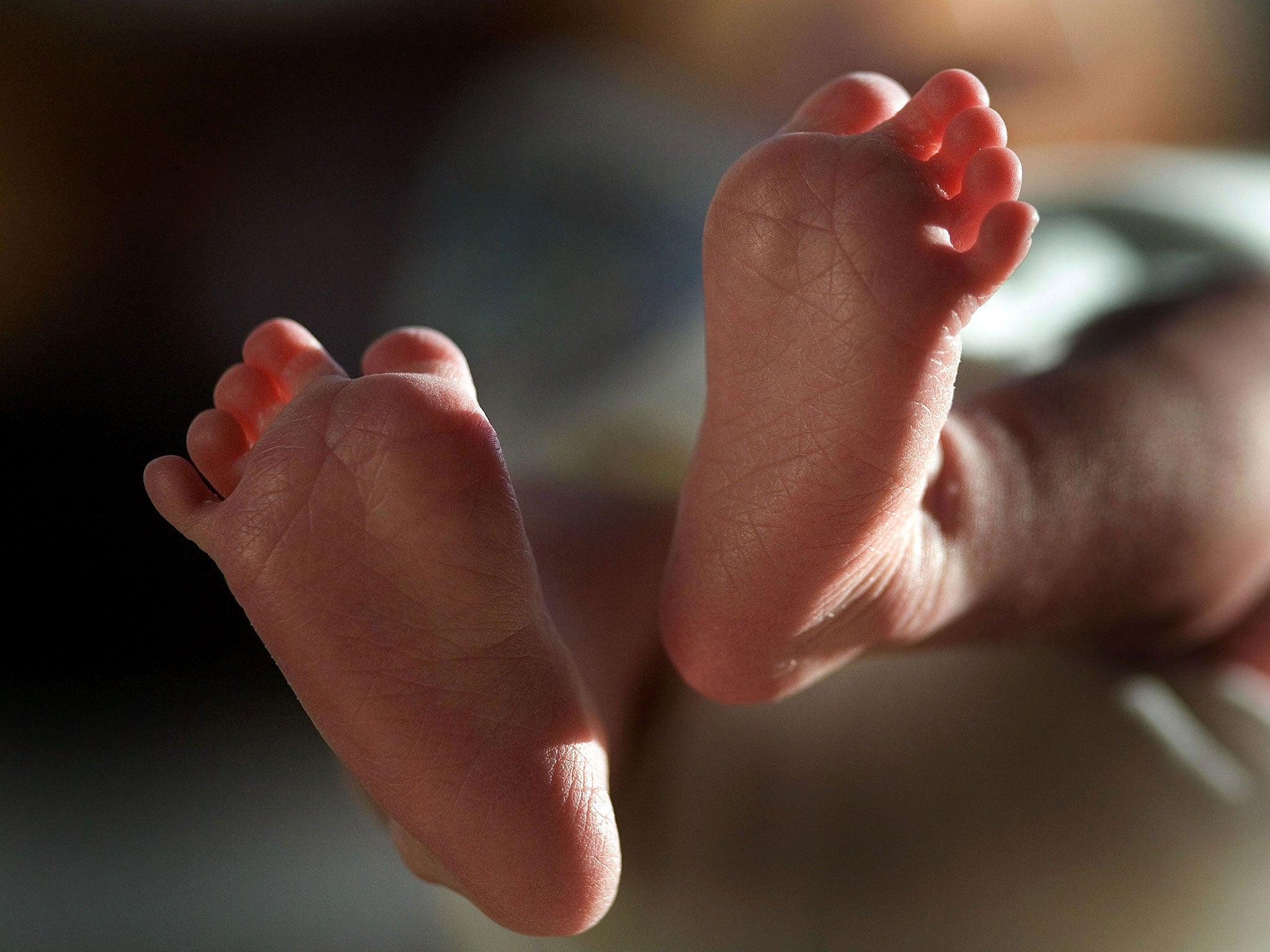The Independent's journalism is supported by our readers. When you purchase through links on our site, we may earn commission.
Vaginal seeding: What is the technique used after c-sections - and is it safe?
Babies born by cesarean section can miss out on microbes from the birth canal

It is well known that babies born naturally – read that as vaginally – are exposed to lots of beneficial bacteria known as microbiota when they travel down the birth canal. Included in the mix are bacteria which help babies digest their first meal.
Babies born by cesarean sections miss out on some of this natural goodness. Instead, they are mainly colonised by skin microbes, a very different set of species. This difference in microbiota is said to be still measurable months and possibly even years after birth. This is where the idea of “vaginal seeding“ comes into play, to try and correct that balance and restore some of the good bacteria to the baby.
The practice, which is also known as microbirthing, involves taking a swab from the mother’s vagina and wiping this over the baby’s mouth, eyes, face and skin shortly after birth by cesarean section.
The idea is that vaginal seeding allows a baby born via cesarean section to come into contact with bacteria from the birth canal. The hope is this may boost their gut bacteria and reduce the risk of conditions such as allergies or obesity.
There is already an enormous amount of research going on to study the role of the microbiota in health and disease. Some excellent recent research shows that vaginal seeding can partially alter the microbiota of babies born by caesarean section to make it look more like the microbiota of babies born by vaginal delivery.
But despite the increasing popularity of the procedure and the current research around microbiota, as yet there is not enough evidence to suggest vaginal seeding is beneficial. New research published in The BMJ suggests because of this lack of evidence, medical professionals are not in the position to recommend or encourage the practice.
Is it safe?
Unfortunately, we are a long way from having the evidence to show whether vaginal seeding is safe and if it makes a positive difference to the baby.
Babies born by planned cesarean section are actually at lower risk of transfer of some potentially harmful bacteria and viruses from the birth canal. But with vaginal seeding, these harmful bacteria and viruses could be transferred to the baby on a swab and potentially cause a devastating infection. At the moment, there isn’t universal screening for all these potentially harmful bacteria and viruses, and so mothers and doctors will not always know if they are present in the vaginal fluid.
Given all this, as it stands, this practice is considered too “high risk” and a way off being thought of as “safe” for newborn babies. Of course, this may change in the future if evidence emerges to show clear health benefits of vaginal seeding. But at the moment the jury remains out on whether vaginal seeding actually does more harm than good.
Implications for doctors and patients
We have advised doctors and midwives in our hospitals that they should not perform vaginal seeding. It is unreasonable to expect healthcare professionals to perform a procedure which has no proven benefit but may cause harm. Parents can perform the procedure themselves, but they should think carefully and discuss the potential benefits and risks with their doctor.
We would also advise the parents of any baby who has received vaginal seeding to make sure that they mention this if the baby becomes unwell. Doctors may modify their assessment of the risk of serious infection if they know that a baby born by caesarean section has received vaginal seeding.
Breastfeeding and antibiotic use are also known to alter the microbiota, and mothers who hope to give their baby a healthy microbiota might be better to focus on breastfeeding and avoiding unnecessary antibiotic exposure.
It will take a long time to establish whether vaginal seeding produces any health benefits, and whether these benefits outweigh any potential risks. And given the rising popularity and demand for the practice, this research need to be done sooner rather than later.
These studies should also take into account the effects of breastfeeding and antibiotic exposure on the developing microbiota, and assess the potential benefits of vaginal seeding in the context of these modifiers.
Aubrey Cunnington, Clinical Senior Lecturer, Imperial College London
This article was originally published on The Conversation. Read the original article.
Join our commenting forum
Join thought-provoking conversations, follow other Independent readers and see their replies
Comments